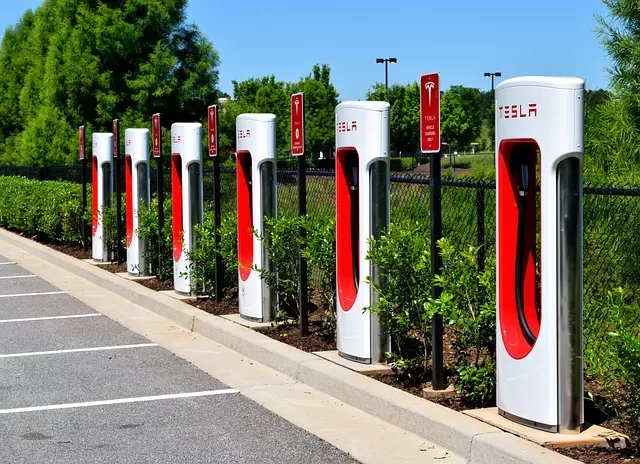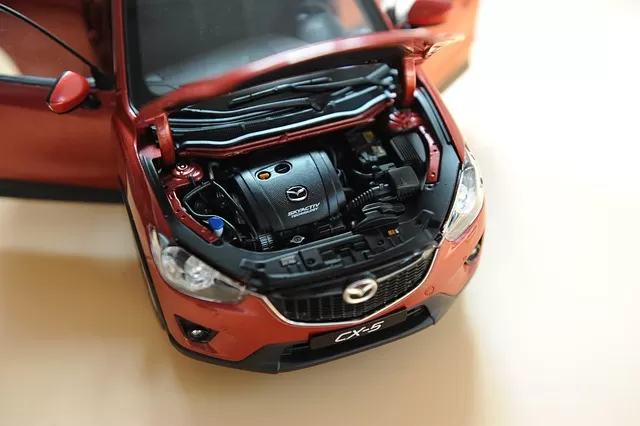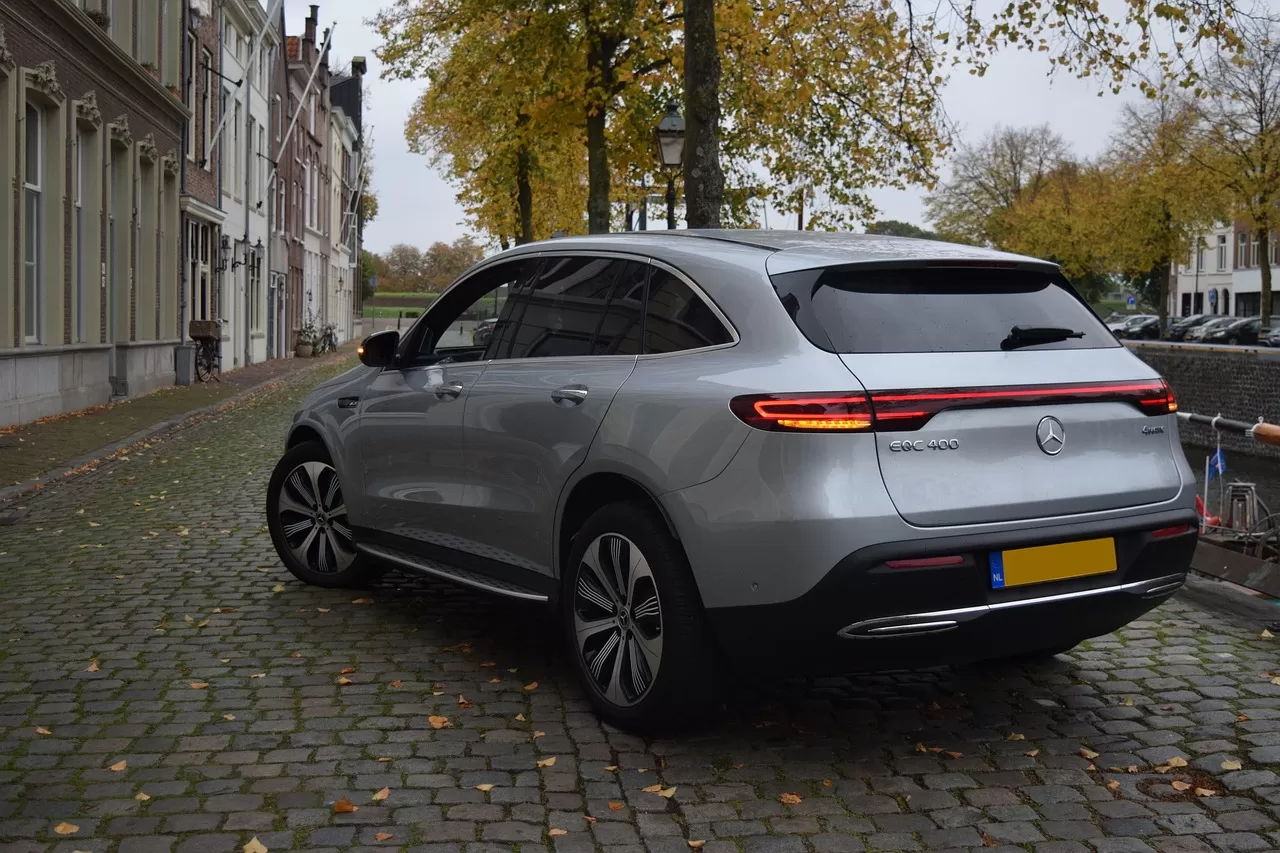
Vehicle Manufacturing Driving Innovation And Resilience Across The US Auto Industry

Vehicle Connectivity Transforming The American Driving Experience

Navigating 2025: Latest GPS And Navigation Systems Reviewed

Engine Systems Powering Modern American Vehicles

The Rise Of EV Charging Infrastructure In America

The Clean Energy Powerhouse Revolutionizing Industries

Battery Storage Driving The Future Of Electric Vehicles

Top 5 Must Have Car Electronics Upgrades for 2025

Essential Car Maintenance Tips for Longevity and Performance

Auto Finance Navigating Car Loans And Leasing In Todays Market
Navigating 2025: Latest GPS And Navigation Systems Reviewed
In 2025, GPS and navigation technologies have reached new heights, driven by advances in satellite infrastructure, artificial intelligence (AI), and user-friendly design. While GPS began as a military project in the 1970s, today’s devices and apps are far more sophisticated. They combine ultra-precise satellite data, AI-powered route optimization, and seamless integration with vehicles and smartphones. These innovations not only guide users from point A to point B but also prioritize safety, reduce driver distraction, and adapt dynamically to changing road conditions.
Related searches

Dedicated GPS Units: Reliability in Remote Areas
Despite widespread smartphone use, dedicated GPS units remain essential for travelers venturing into regions with poor cellular coverage or extreme environments. Modern standalone devices excel at maintaining strong satellite reception in dense forests, mountainous terrain, and rural paths. They come preloaded with comprehensive 2025 maps covering multiple continents and offer free lifetime updates. Beyond basic routing, these units now include turn‑by‑turn voice guidance, speed‑limit alerts, and warnings about red‑light cameras or speed traps. Features such as multi‑modal routing for trucks or recreational vehicles, lane‑guidance overlays, and extensive points‑of‑interest databases make them invaluable for long road trips and professional drivers.
In‑Car Systems: AI Assistants and Seamless Integration
Most mainstream drivers depend on in‑car navigation systems built into modern vehicles. A key development this year is the integration of conversational AI assistants directly into infotainment platforms. Drivers can request GPS directions, adjust climate controls, or send messages using natural voice commands, reducing the need to look away from the road. These systems also offer live traffic updates and dynamic rerouting around congestion or accidents. Profiles remember individual preferences—such as avoiding toll roads or favoring scenic routes—so navigation reflects each driver's habits. Integration with Android Auto and CarPlay persists, but the distinction between native and smartphone‑based navigation continues to blur as automakers streamline data accuracy and update frequency.
Smartphone Apps: AI‑Driven Predictions and AR Enhancements
Smartphone navigation apps still dominate consumer attention thanks to constant map improvements, AI‑driven route forecasting, and augmented reality features. Leading apps deliver three‑dimensional city models and overlay turn arrows on live camera feeds, aiding users in dense urban settings where GPS accuracy can suffer. Real‑time traffic analytics predict congestion up to thirty minutes in advance by analyzing historical data, weather conditions, and event schedules. As a result, apps offer proactive rerouting that often improves arrival times. Offline map functionality now allows users to download high‑resolution map tiles for entire regions—including voice guidance and points of interest—ensuring reliable use in low‑connectivity areas.
Top Dedicated Brands: Garmin, TomTom, Magellan
Among standalone GPS makers, Garmin leads with its DriveSmart series. The DriveSmart 66 and Drive 51 LMT‑S stand out for their bright touchscreens, preloaded North American and European maps, and voice‑activated navigation. When tethered to a smartphone, these units provide live traffic updates, driver alerts for school zones and sharp curves, and wireless notifications. TomTom's Go Comfort offers lifelike three‑dimensional views and an intuitive interface, while Magellan's RoadMate Pro emphasizes advanced safety alerts—such as speed‑camera coverage and dynamic lane warnings. All major brands now include electric‑vehicle charging stations in their points‑of‑interest databases, reflecting the growing importance of EV‑friendly routing.
Innovations: AR, AI Personalization, Multi‑Modal Routing
Several trends define the most innovative navigation solutions in 2025. Heads‑up displays that project turn indicators, speed limits, and hazard warnings onto the windshield are now available for some dedicated units, minimizing eye movement. AI‑driven personalization tailors route suggestions based on driving style, preferred stops, and historic behavior. Multi‑modal routing has matured: platforms seamlessly transition between driving, walking, cycling, and public transit within a single interface, offering “last‑mile” directions. Many apps now factor in micromobility options—e‑bikes or scooters—optimizing for time, cost, and environmental impact.
Satellite Enhancements: GPS Block IIIF and Global Systems
Behind these consumer‑facing advances are improvements in satellite infrastructure. Newly deployed GPS Block IIIF satellites feature fully digital payloads, improved signal integrity, and enhanced cybersecurity. They deliver stronger reception in urban canyons and dense foliage, reducing errors caused by signal reflection and providing sub‑meter accuracy for civilian users. Meanwhile, Europe's Galileo, Russia's GLONASS, China's BeiDou, and Japan's QZSS create near‑global redundancy. In early 2025, Japan launched its Michibiki 6 satellite, strengthening quasi‑zenith coverage over the Asia‑Pacific region. These systems ensure faster signal acquisition, greater resistance to interference, and more dependable service, laying groundwork for high‑reliability applications like autonomous vehicles and precision agriculture.
Extraterrestrial Navigation: Lunar GPS Experiments
Looking beyond Earth, 2025 also witnesses the first GPS‑like navigation experiments on the Moon. LUPIN, a system transmitting GPS‑style signals from lunar‑orbiting satellites, enables rovers and astronauts to fix their positions in real time. By combining real‑time signals with existing lunar terrain maps, LUPIN overcomes communication delays and line‑of‑sight limitations. Although this technology does not impact terrestrial travelers directly, it highlights how positioning systems are expanding beyond our planet and paves the way for sustained lunar exploration.
Choosing the Right System
Selecting the optimal navigation solution depends on individual needs. Casual drivers who value convenience and continuous updates may stick with smartphone apps such as Google Maps or Waze. Adventurers tackling off‑grid routes should choose dedicated units from Garmin or Magellan for their offline reliability, rugged designs, and specialized routing. Those seeking an integrated, hands‑free experience can opt for vehicles equipped with AI‑powered infotainment systems. Key considerations include cost, subscription fees, hardware durability, and offline functionality.
Conclusion
As 2025 progresses, GPS and navigation systems have evolved into comprehensive platforms that merge satellite accuracy, AI intelligence, AR visualization, and seamless connectivity. Whether built into a car, carried as a handheld device, or accessed via a smartphone, these solutions aim to deliver accurate, context‑aware guidance while minimizing driver distraction. Looking forward, we can expect further satellite network enhancements, more refined AI‑driven analytics, and deeper integration with smart‑city infrastructure. Navigation technologies will continue to guide journeys on Earth and pave the way for exploration beyond.
 By: Lorna
By: Lorna

